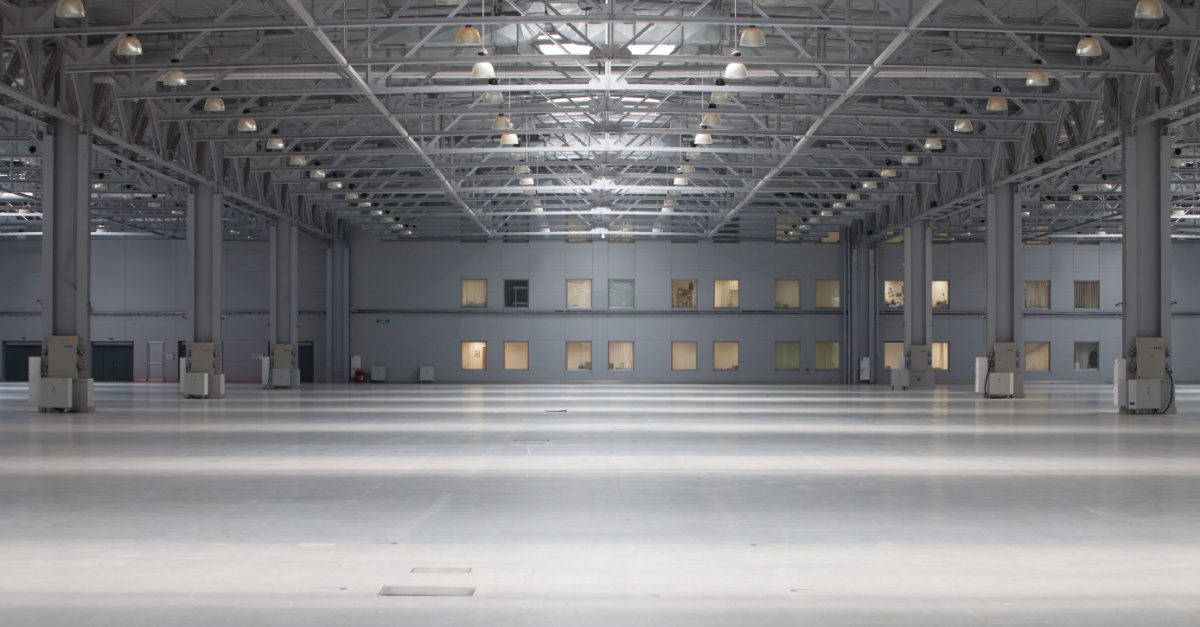
Best Practices To Maximise Warehouse Space Utilisation
Warehouses are crucial in a business’s supply chain. They serve as the leading centre for storing and handling inventory. With the current competitive market landscape, making the most out of warehouse space is essential to maintain smooth operations and reduce expenses. By adopting the right strategies, companies like yours can enhance their warehouse organisation and procedures, maximising the potential of the available Warehouse storage space.
This guide offers a comprehensive overview of warehouse space utilisation, highlighting critical strategies for optimising available space for maximum efficiency.
Overview Of Warehouse Storage Space Utilisation
Warehouse space utilisation refers to the effective use of the available area within a warehouse to store inventory, manage operations, and streamline the flow of goods. It involves organising and arranging items, equipment, and workstations to maximise efficiency and productivity while minimising wasted space. Proper warehouse space utilisation helps businesses optimise their storage capacity, improve workflows, and reduce operating costs.
Efficient optimisation of warehouse space is possible, regardless of its size. In fact, if not done correctly, a large warehouse can quickly become disorganised and cluttered, causing issues like misplaced items, overstocking, and wasted space. That’s why it’s essential to implement proper planning and design strategies to ensure optimal use of the available space.
The following are ways to maximise warehouse space utilisation:
-
Implement Retail Display Units
Utilising retail display units increases the amount of inventory a given area can store and makes it easier for employees to access and retrieve products. Further, businesses can customise these units to meet their specific storage requirements, making them a highly flexible solution.
When implementing retail display units, businesses should consider product size and weight, warehouse layout, and unit accessibility. For instance, the size and weight of products will determine the type of display unit required. Heavier and larger products may require sturdier units or shelving systems that can support their weight.
In addition, the warehouse layout will determine the number and placement of display units needed to maximise space utilisation.
-
Analyse Your Warehouse Space
By conducting a thorough assessment of your current warehouse, you can identify any inefficiencies or bottlenecks in the flow of goods, allowing you to make informed decisions about optimising the available space in your warehouse. You can start by taking a close look at your current warehouse layout.
Are storage areas, workstations, and traffic lanes arranged in a way that maximises efficiency? Consider rearranging these areas to create a more streamlined workflow.
Also, it’s essential to implement a robust inventory management system. By accurately tracking inventory levels and movement, you can ensure that items are stored efficiently and avoid overstocking.
-
Effective Aisle Width Maximisation
The width of your aisles directly affects the number of goods you can store in your warehouse. By increasing aisle width, you can increase storage density and reduce the amount of unused space in your warehouse.
Narrow aisles may maximise storage space, but they can make moving goods in and out of the warehouse difficult. On the other hand, wide aisles can make it easier to move goods but reduce the amount of storage space available. Find a balance between the two.
The type of goods you’re storing, the equipment used to move goods, and the traffic flow in your warehouse are good considerations to maximise your aisle width effectively.
-
Store Items According To Size
Properly storing items according to their size can help you improve your supply chain space. One effective way to do this is by using a zoning system. You can divide your warehouse into zones, each dedicated to storing items of a particular size. Doing this can create more space and make the picking process more efficient.
Another way to store items according to size is by using different racking systems. For example, using pallet racking for larger items and bin shelving for smaller items. This will allow you to maximise vertical space and store items more efficiently.
-
Consider Drop-Shipping Option
Drop-shipping is a fulfilment method where the business transfers the customer orders and shipment details to the manufacturer or distributor, who then ships the products directly to the customer. This approach eliminates the need for the business to store inventory in its warehouse, freeing up valuable space for other uses.
By implementing drop-shipping, businesses can reduce their warehousing costs and improve their cash flow since they don’t have to buy inventory upfront. It also enables them to expand their product offerings without the risk of holding excess inventory or committing to long-term storage contracts.
Nevertheless, it’s essential to evaluate the cost-effectiveness of drop-shipping for your business and determine if it aligns with your operations and customer expectations. And establishing clear communication channels with the drop-shipping partners ensures timely fulfilment and customer satisfaction.
-
Use Mezzanine Installation
A mezzanine floor is a clever way to create extra storage or work areas by adding an intermediate level between the ground and ceiling. Using this vertical space doubles the storage capacity in your warehouse. You can tailor the mezzanine installation to specific requirements, including shelving, racking, or workspace.
The installation process is quick, easy, and causes minimal disruption to operations. Mezzanine installation is flexible and adjustable as your business grows or your storage needs change. It’s a cost-effective method to optimise your warehouse space and improve the efficiency of your operations as well.
Conclusion
Implementing best practices to maximise warehouse space utilisation enables businesses to improve operations, reduce costs, and increase efficiency. Plus, a well-organised and efficient warehouse can provide a competitive advantage by allowing enterprises to quickly and accurately fulfil customer orders. With the increasing demand for faster delivery times and the growth of e-commerce, efficient warehouse management is essential for businesses to stay relevant and competitive in today’s market.

Implement best practices, modernise your warehouse operations and advance your supply chain capabilities with IoSCM. Call 0800 1422 522 today.
